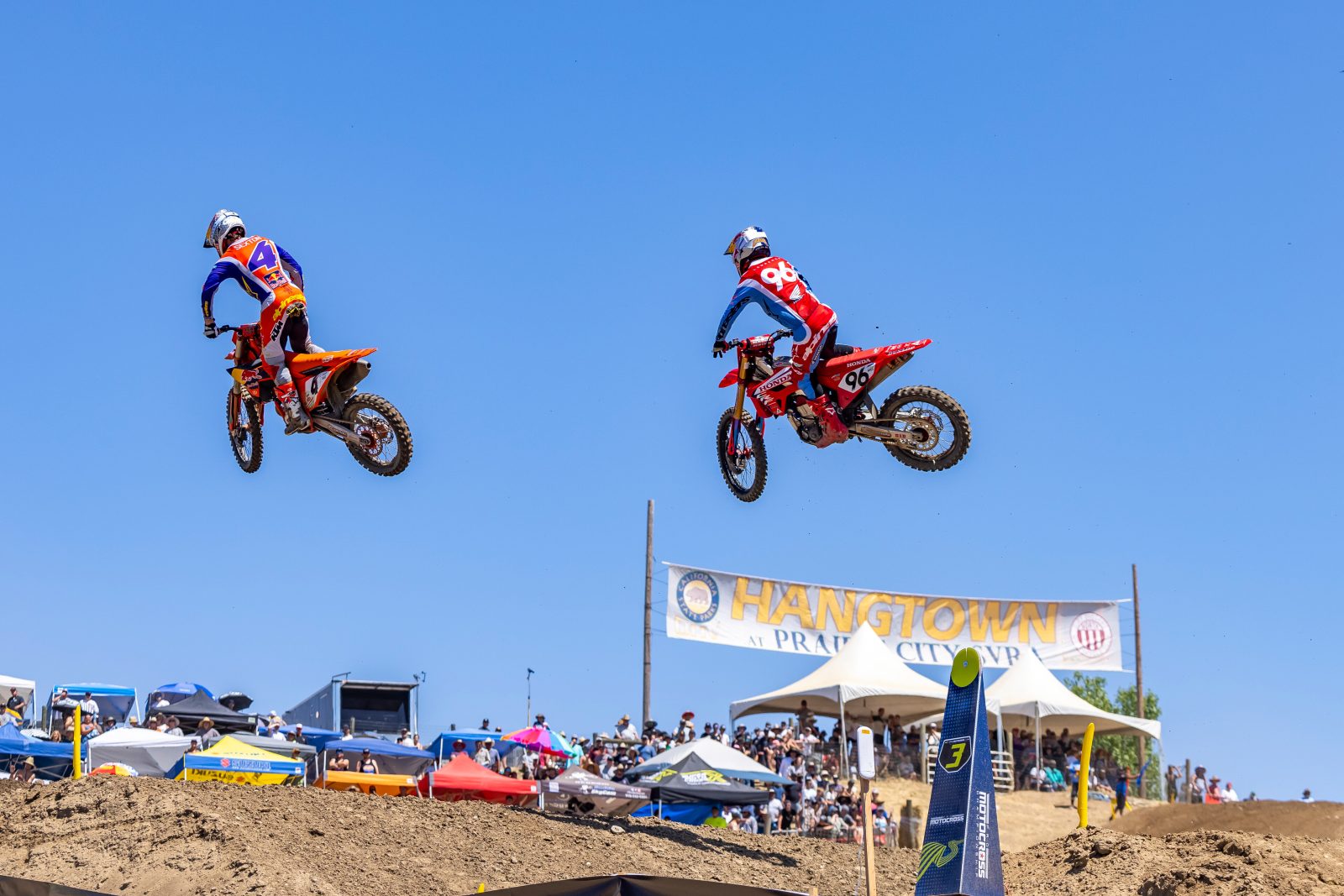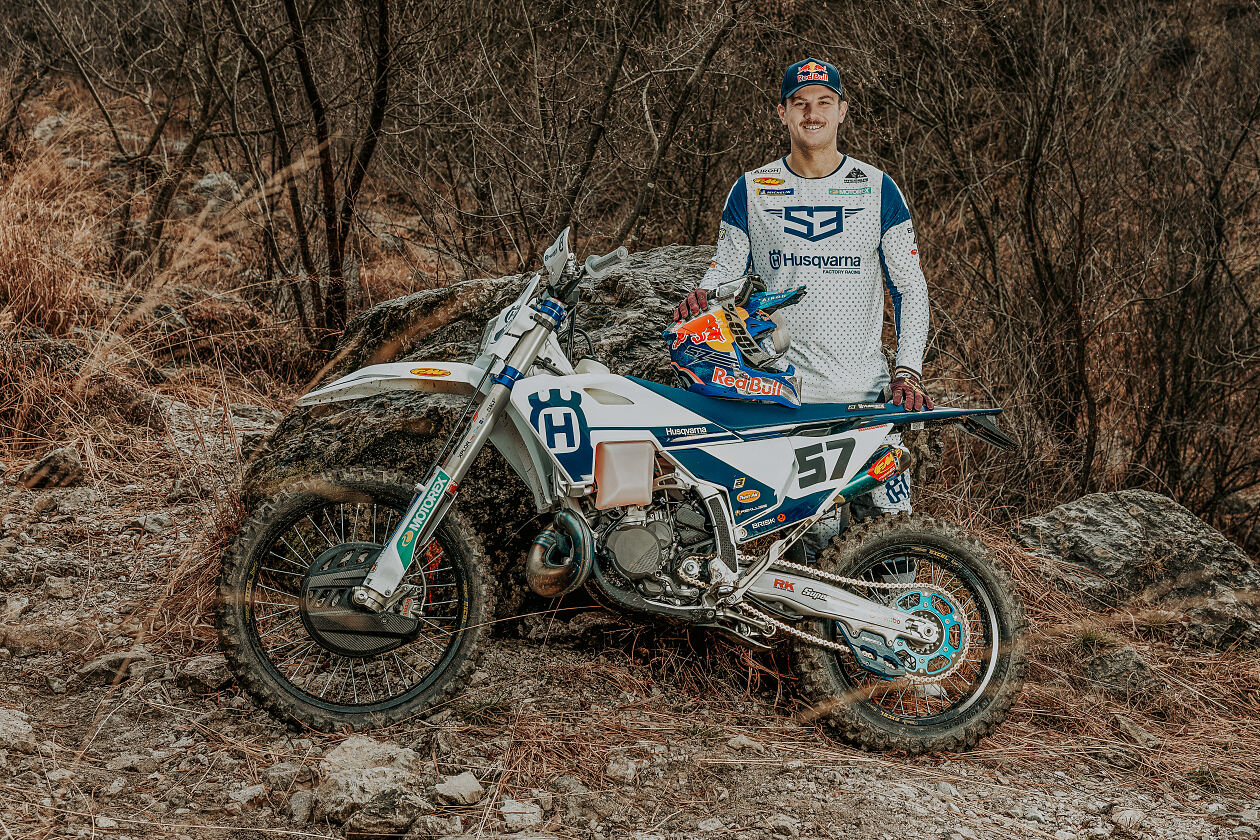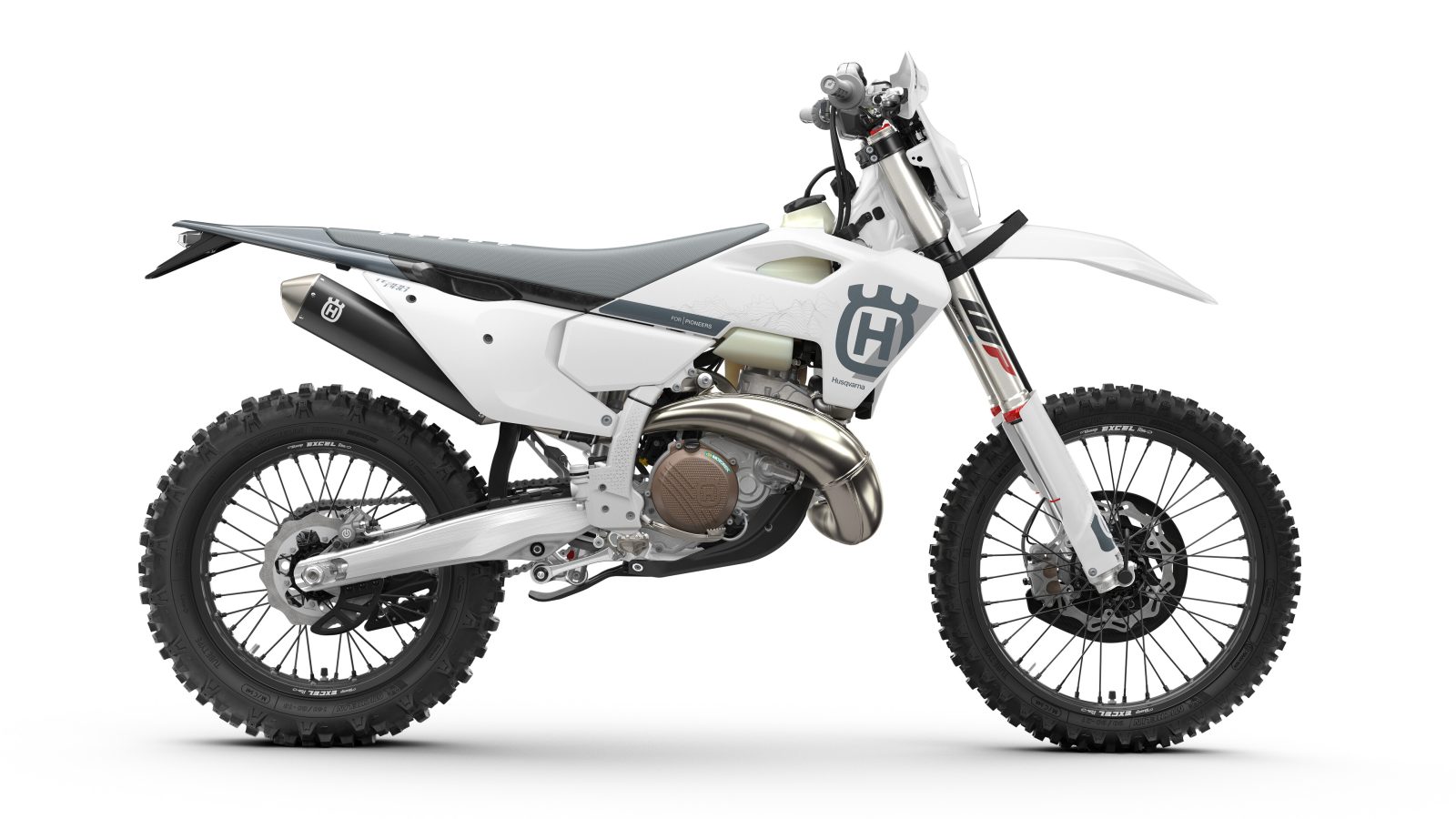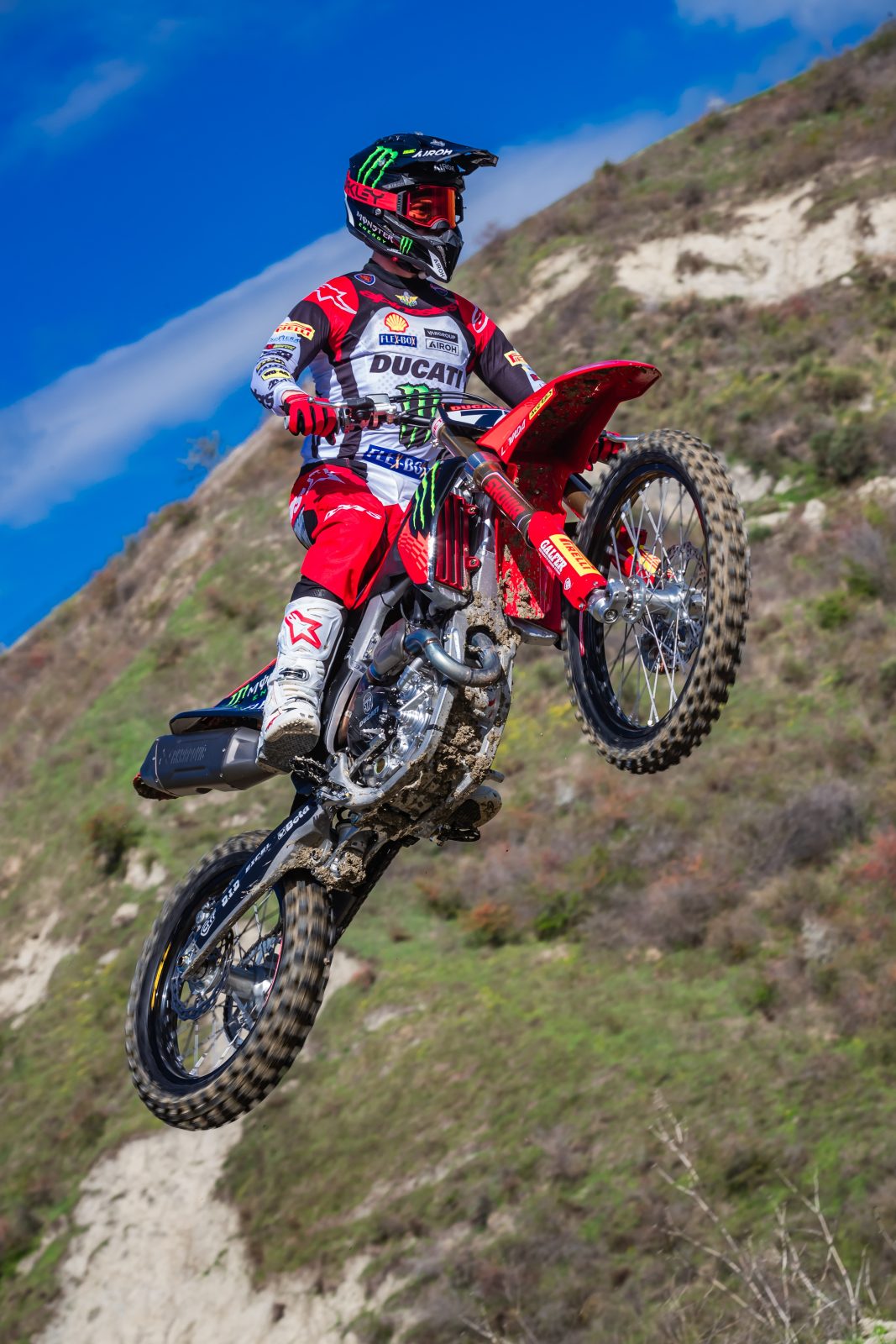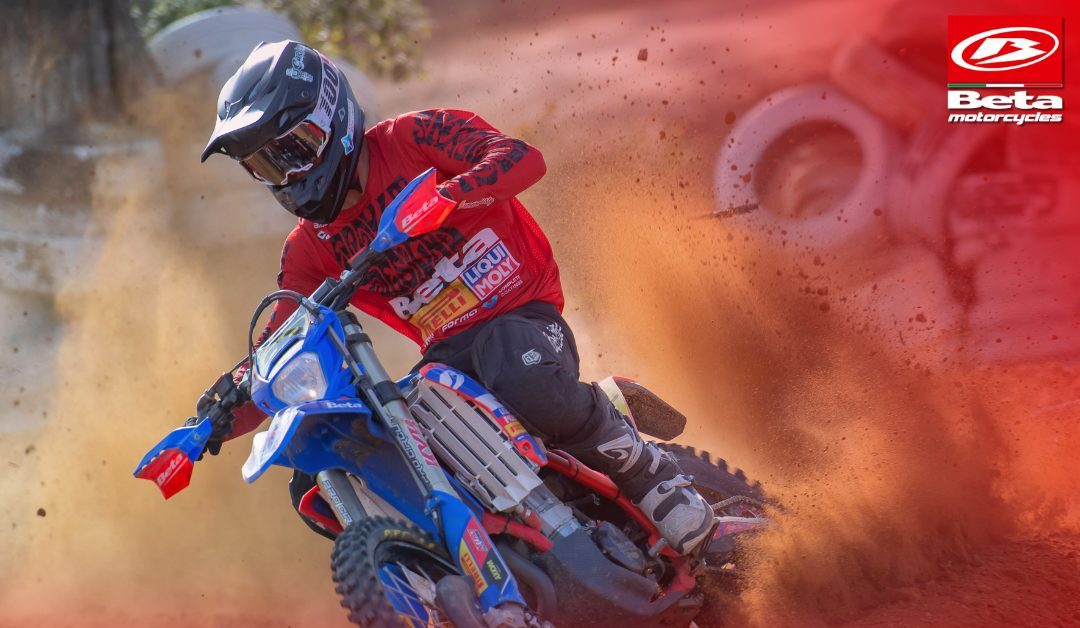Motorcycle racing has two more inductees into the very exclusive Australian Motorsport Hall of Fame – the late Jack Ahearn and Craig Dack.
The ceremony took place at the 2024 Formula 1 Australian Grand Prix in Melbourne on March 21, with Dack and Vickie Ahearn, the daughter of Jack, accepting the awards from Australian touring car icon, Dick Johnson.
Dack and Ahearn were inducted alongside three other motorsport luminaries – Garrie Cooper (driver and Elfin founder), Bill Barrows (speedway) and Graham Withers (drag racing) – taking the total number of inductees to 93.
Dack, a four-time Mr Motocross champion and five-time Australian motocross champion, and Ahearn, who was second in the 1964 500GP title behind Mike Hailwood, now join 26 other Aussie motorcycle racers who have already been inducted into the Australian Motorsport Hall of Fame.
The 2024 Australian Motorsport Hall of Fame ceremony, with Vickie Ahearn on the left and Craig Dack on the right Ahearn, who passed away in 2017 at age 93, was a WWII pilot and first competed in Europe in 1954 as one of the trailblazing Aussies who became colloquially known under the ‘Continental Circus’ banner.
It was the era of tenacity and resilience: a car, caravan and hand-to-mouth existence where spare tyres were sold to help get to the next event and if you crashed you were up all night to fix the machine. However, Jack also had a stubborn edge, which he used to his advantage in dealing with cunning race promoters.
It was also an extremely sobering period for Jack with many of his colleagues killed on racetracks when safety concerns were only given cursory treatment.
In 1964 the Manx Norton-mounted Ahearn, then 39, became the second Australian (behind Ken Kavanagh) to win a 500GP race, which he achieved in Finland ahead of Englishman Mike Duff and Swiss rider Gyula Marsovszky.
Hailwood failed to finish on that day, but he won the championship ahead of Ahearn and Phil Read.
The FIM medallion that Ahearn was awarded for his runner-up finish in 1964 – a brilliant effort on the underpowered Manx Norton compared to Hailwood’s all-conquering MV Agusta – was his most prized possession among the hundreds of cups, sashes, and plaques he won over his career.
At the time, Jack declared it would be a constant presence around his neck until an Australian finally won the 500GP title. Wayne Gardner eventually lifted the mental and physical burden in 1987.
Ahearn’s CV also includes an Australian land speed record, set in Coonabarabran in 1957, and three Australian TTs.
After retiring from the GP scene in 1965, Jack opened a motorcycle shop in Sydney. His last year of racing was 1974, but by then he had moved to Lismore with his wife Betty and two daughters.
Dack, in very much the same vein as fellow Australian Motorsport Hall of Fame inductee Stephen Gall, is Aussie motocross royalty and was one of the first riders to carve out a professional existence during a period when – mainly thanks to the genius marketing and promotion of Mr Motocross – riders were emblazoned on everything from soft drink cans to cereal boxes.
That omnipresence helped him become a brand name in his own right with the ‘Dack Attack’ moniker as he cut a swathe through the motocross and supercross scene for nearly a decade. During that period, he represented Australia in the Motocross of Nations (formerly Motocross des Nations) multiple times, with a best finish of fourth alongside Glen Bell and Jeff Leisk in 1988. It’s a result that has only been bested three times by Australian teams since: 2011 (third), 2022 (third), and 2023 (second).
“When I was younger, all I aspired to do was win Mr Motocross,” said Dack. “I remember going to Amaroo Park and watching one of the events, and then to finally win the first one in 1986 was surreal.”
Dack was a Honda rider in the early part of his career, before switching to Yamaha as a team owner of the eponymous CDR operation which is still going strong after 31 years.
Among the champions who have passed through the CDR doors include Australia’s greatest ever supercross rider Chad Reed, Craig Anderson, Dean Ferris, and New Zealander Darryl King.
Membership of the Australian Motorsport Hall of Fame is so exclusive that it accounts for less than one inductee per year since motorsport first began in Australia on January 1, 1901, the day
